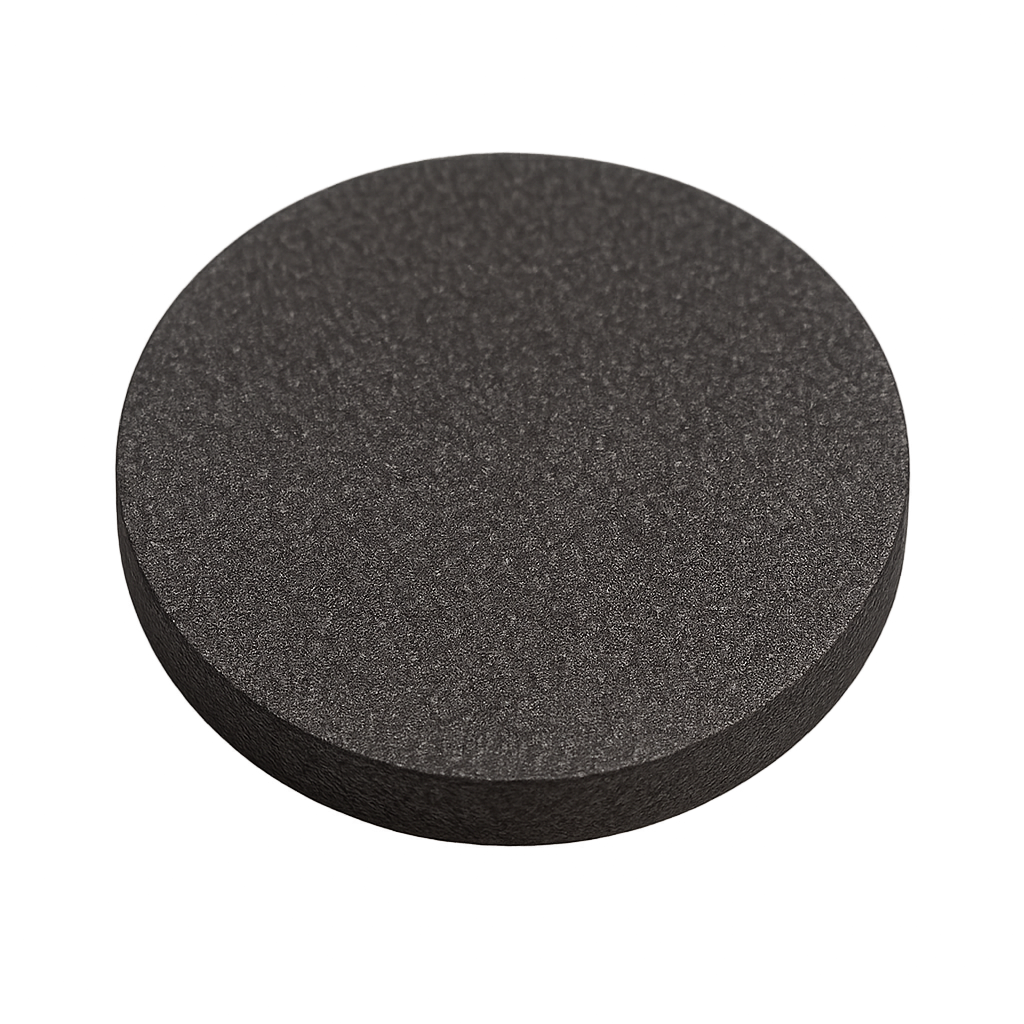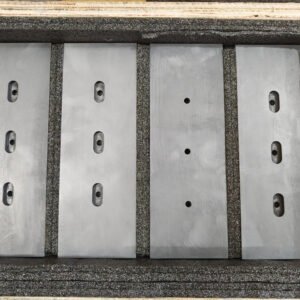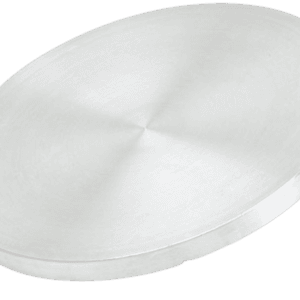Hafnium Carbonitride Sputtering Target
Introduction
The Hafnium Carbonitride (HfCN) Sputtering Target is a high-performance ceramic material widely used in thin film deposition. With a unique combination of hafnium, carbon, and nitrogen, it delivers excellent hardness, thermal stability, and chemical resistance. This makes it valuable in industries where protective, wear-resistant, or functional coatings are essential, including semiconductors, optics, and advanced energy systems.
Detailed Description
Hafnium carbonitride is known for its ultra-high melting point and remarkable resistance to oxidation when processed under controlled conditions. As a sputtering target, it is typically manufactured through hot pressing or sintering to achieve high density and uniform microstructure. The dense structure ensures stable sputtering rates, reduced particle generation, and reliable adhesion of deposited films.
Key properties include:
High hardness and mechanical strength – beneficial for wear-resistant coatings.
Excellent thermal stability – supports deposition in high-temperature environments.
Chemical inertness – provides corrosion and oxidation resistance.
Customizable composition – Hf:C:N ratios can be tailored for specific performance.
These characteristics make HfCN an advanced material choice for both research and industrial-scale applications.
Applications
Hafnium Carbonitride Sputtering Target is employed in:
Semiconductor devices – barrier layers, diffusion coatings, and advanced transistor structures.
Optical coatings – hard protective films with stable refractive properties.
Wear- and corrosion-resistant coatings – for cutting tools, aerospace parts, and turbine components.
Energy systems – protective layers in high-temperature fuel cells and plasma-facing materials.
R&D – advanced material studies in superhard coatings and next-generation electronics.
Technical Parameters
| Parameter | Typical Value / Range | Importance |
|---|---|---|
| Purity | 99.5% – 99.9% | Ensures minimal contamination in thin films |
| Density | ≥ 95% theoretical | Higher density reduces porosity and improves coating quality |
| Diameter | 25 – 300 mm (custom) | Fits a variety of sputtering systems |
| Thickness | 3 – 10 mm | Affects deposition stability and target life |
| Backing Plate | Copper / Molybdenum | Enhances thermal conductivity and mechanical support |
Comparison with Related Materials
| Material | Key Advantage | Typical Application |
|---|---|---|
| Hafnium Carbonitride (HfCN) | Ultra-high hardness & thermal stability | Protective & functional coatings |
| Hafnium Carbide (HfC) | Extreme melting point | Aerospace & high-temp coatings |
| Titanium Nitride (TiN) | Cost-effective, good wear resistance | Decorative & industrial coatings |
| Zirconium Carbide (ZrC) | High toughness & thermal conductivity | Cutting tools & electronics |
FAQ
| Question | Answer |
|---|---|
| Can HfCN targets be customized? | Yes, purity, size, and bonding options can be tailored. |
| What bonding options are available? | Standard bonding to copper or molybdenum backplates. |
| How are the targets packaged? | Vacuum-sealed, foam protected, shipped in export-safe cartons or wooden crates. |
| What industries use it most? | Semiconductor, aerospace, energy, optics, and advanced R&D. |
| Is it suitable for high-temperature applications? | Yes, its ultra-high melting point makes it ideal for such conditions. |
Packaging
Each Hafnium Carbonitride Sputtering Target is carefully vacuum-sealed, externally labeled, and cushioned with protective foam. Packaging ensures safe transport, preventing contamination or damage during storage and shipping.
Conclusion
Hafnium Carbonitride Sputtering Targets combine hardness, thermal resilience, and chemical stability, making them indispensable in demanding thin film applications. Their adaptability for custom specifications allows researchers and engineers to achieve precise deposition results.
For detailed specifications and a quotation, please contact us at [sales@thinfilmmaterials.com].





Reviews
There are no reviews yet.